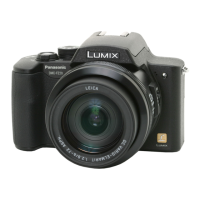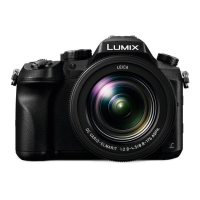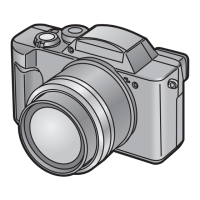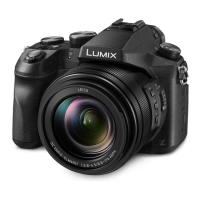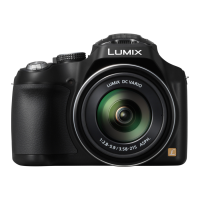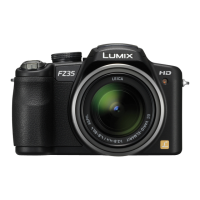150
By understanding how lens focal length and subject to lens distance
affects the DOF you can determine what method to use. In some
situations it may not be possible to get the camera so close to the
subject. Photographing insects may be an example of this. To achieve
the result of a shallow depth of field, that is one with a very blurred
background, at a reasonable distance from the subject we will need to
resort to using telephoto settings, i.e. 600mm(equivalent).
The aperture plays a lesser role in determining the background blur.
However by using a small aperture, like f6.3, it helps to increase to zone
of focus (DOF) to include the insect or plant being photographed.
When considering subject motion, we need to determine if we want
longer shutter speeds to allow a degree of subject blurring to occur due
to the subject movement or faster shutter speeds to freeze the action.
As a general rule the shutter speed to arrest subject movement will
depend upon the focal length of the lens due to the amount of image
magnification. If you are using telephoto settings to capture the image
then the rule of 1/focal length of lens is probably a good starting point for
achieving blur free subjects. This should not be confused with camera
shake reduction which the optical image stabilisation of the camera (OIS)
is designed to control.

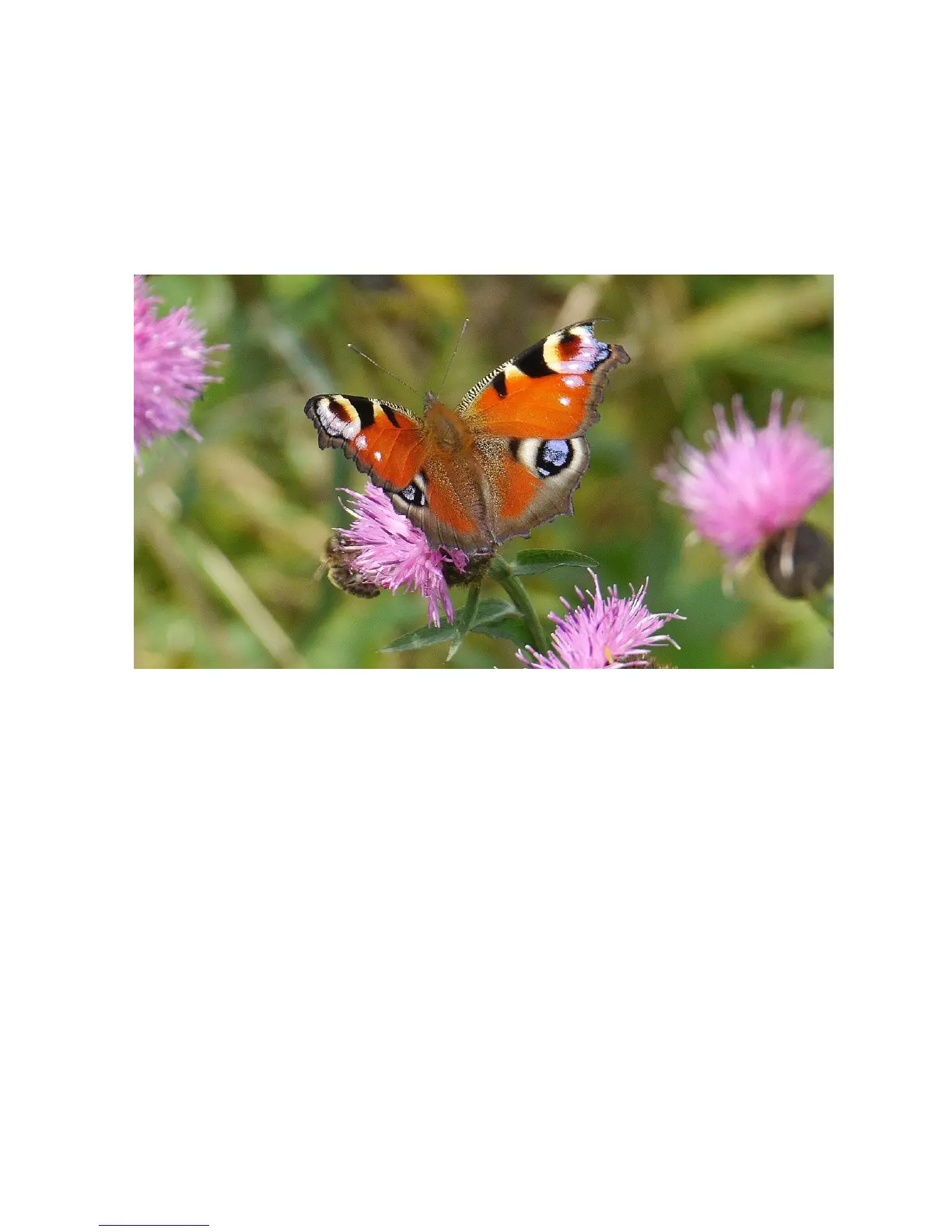